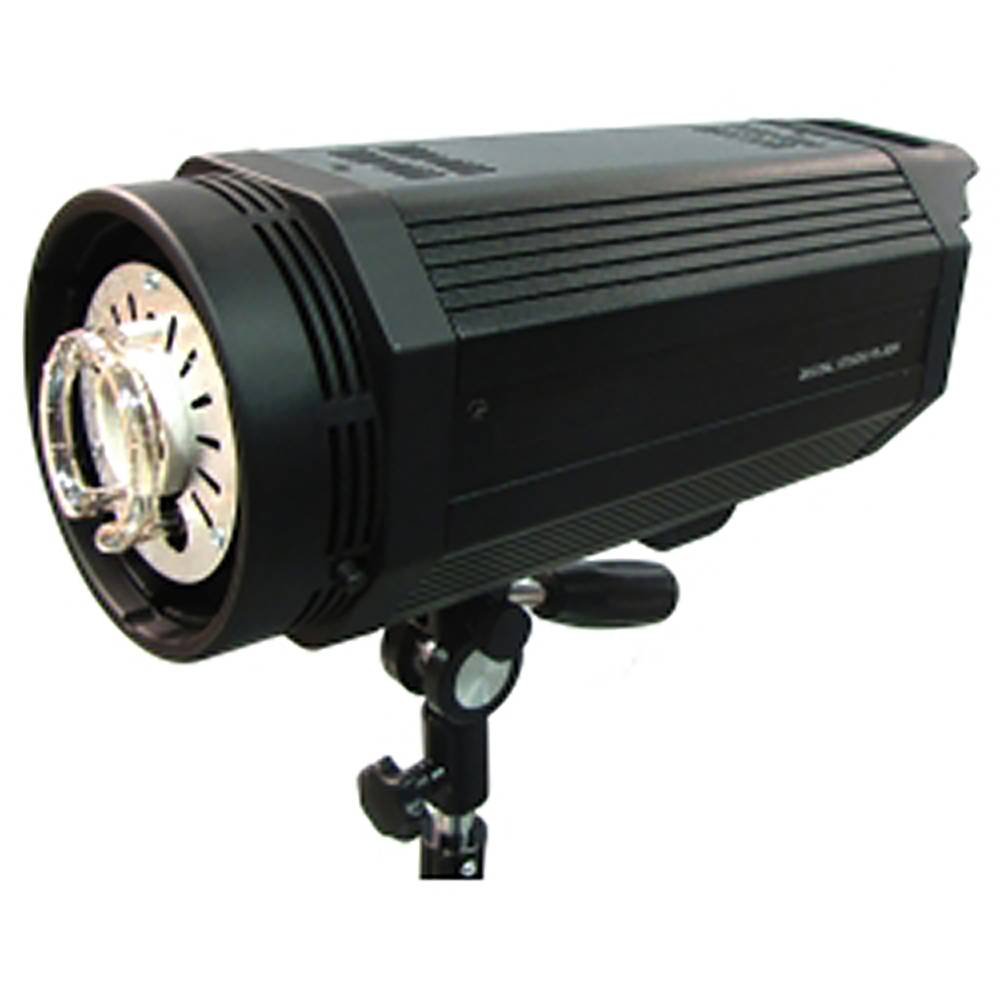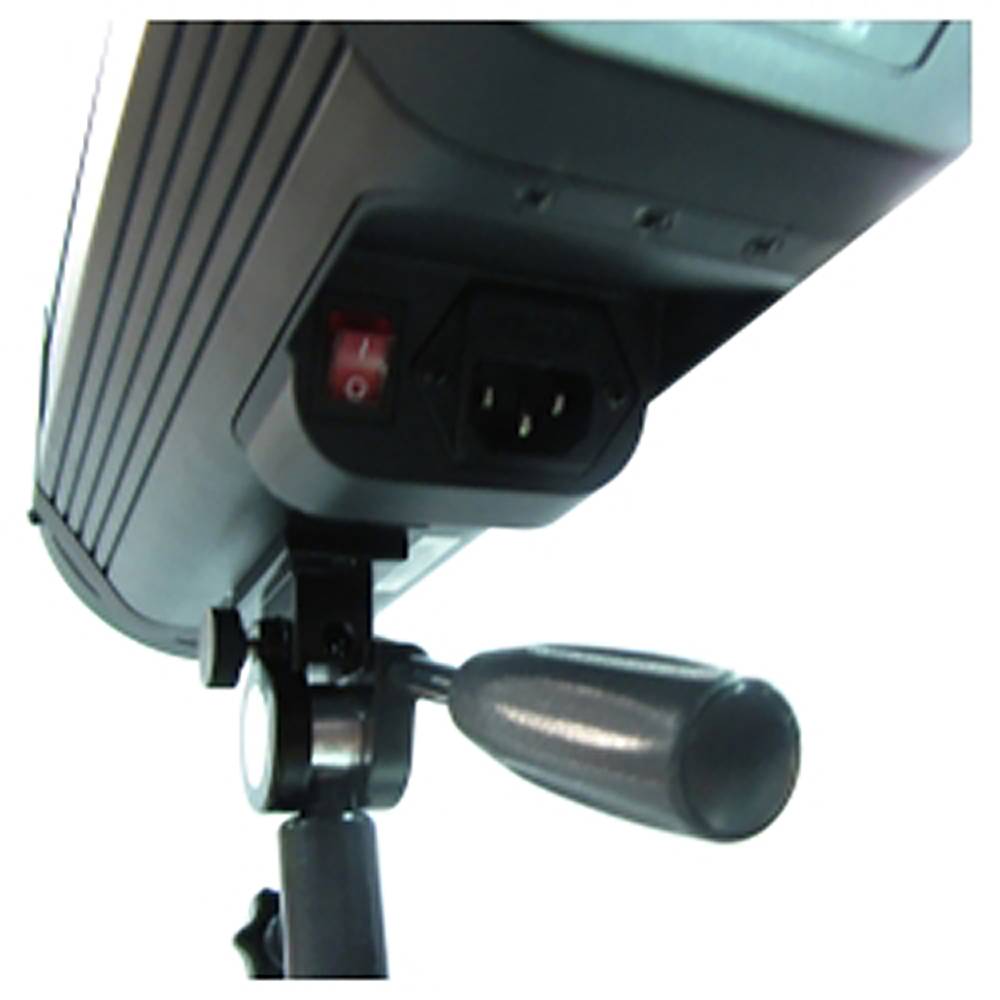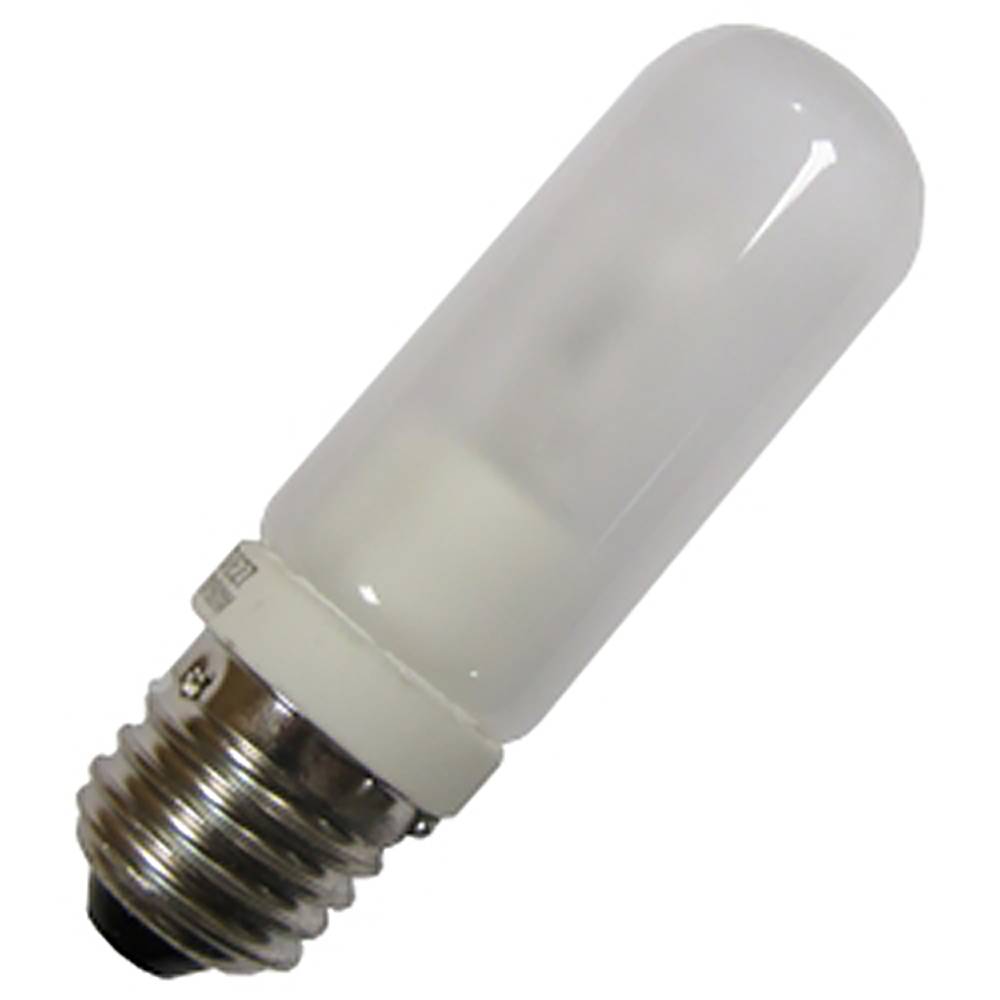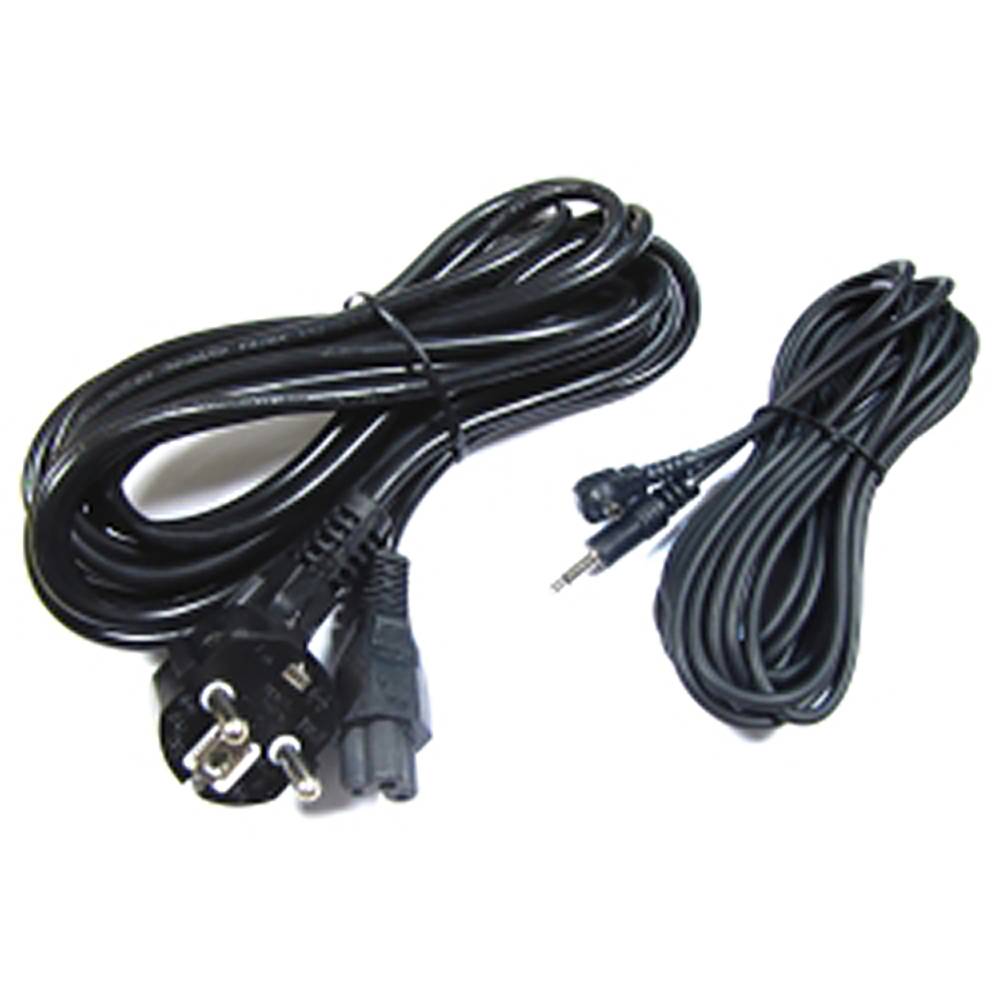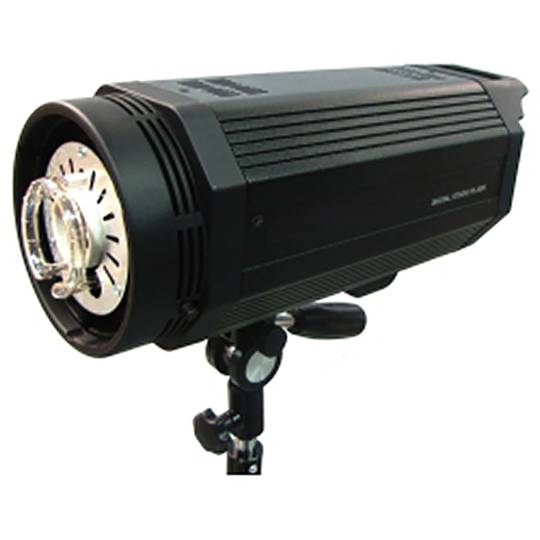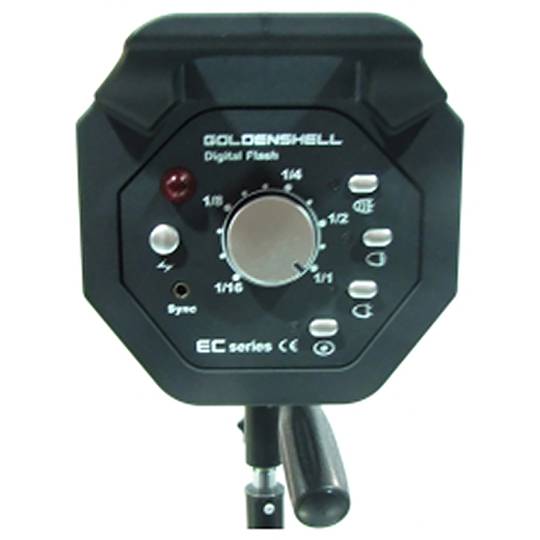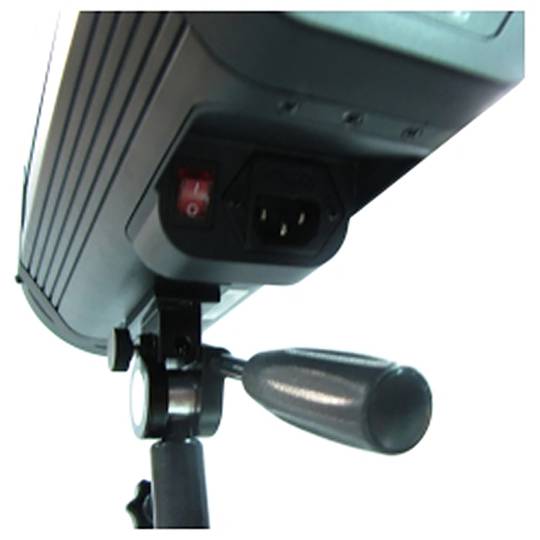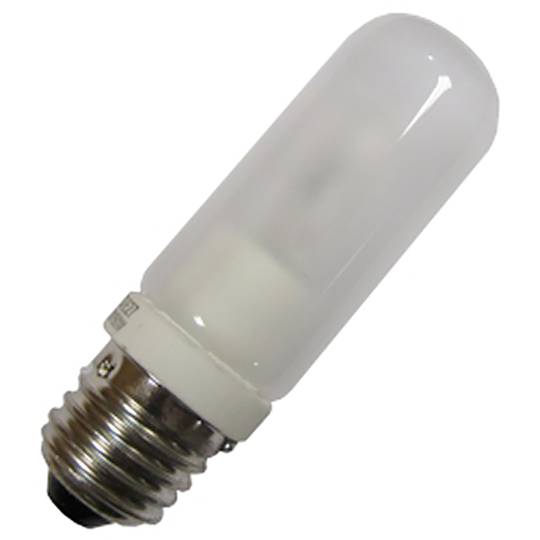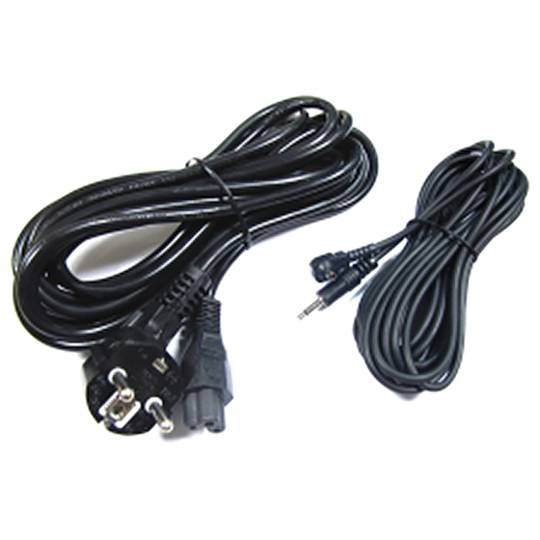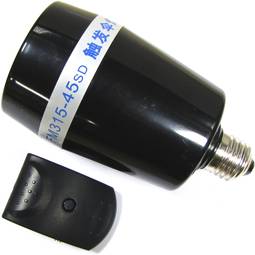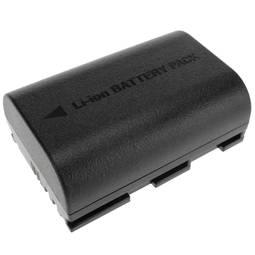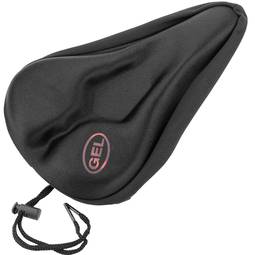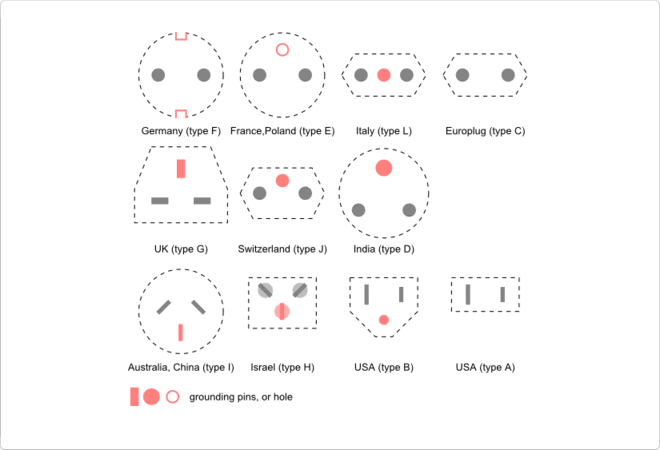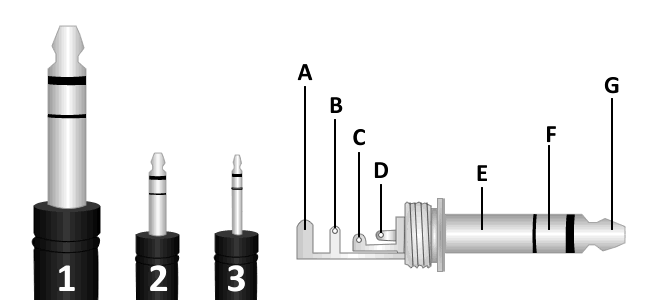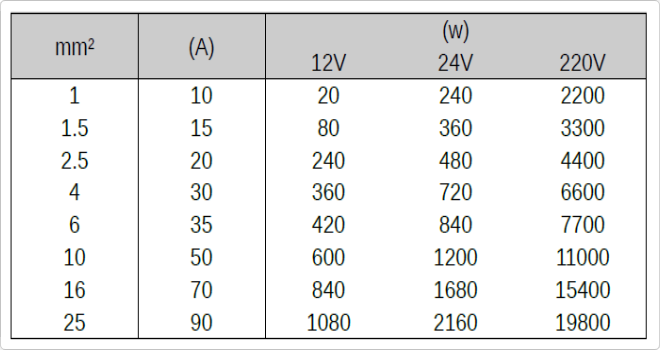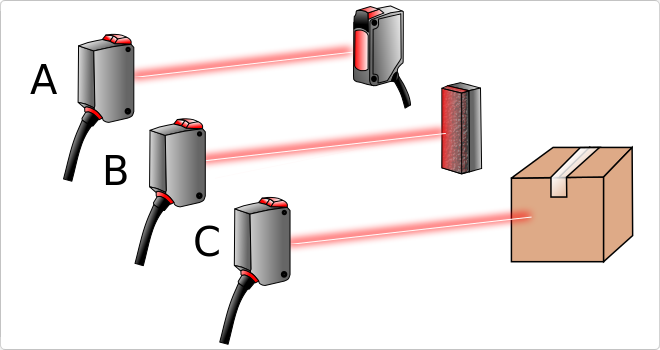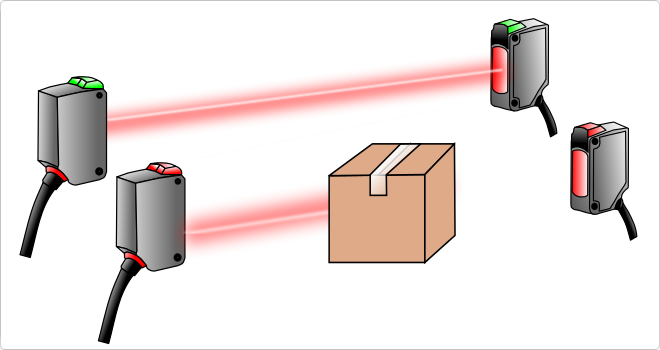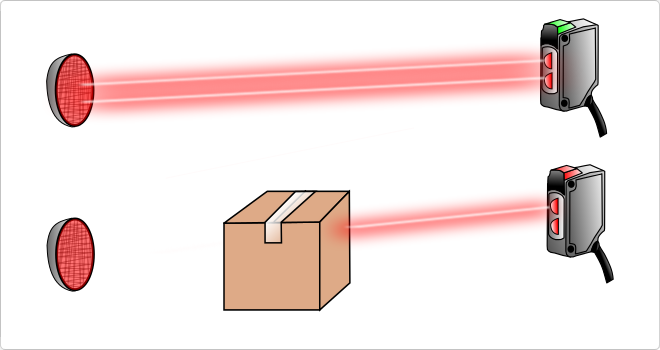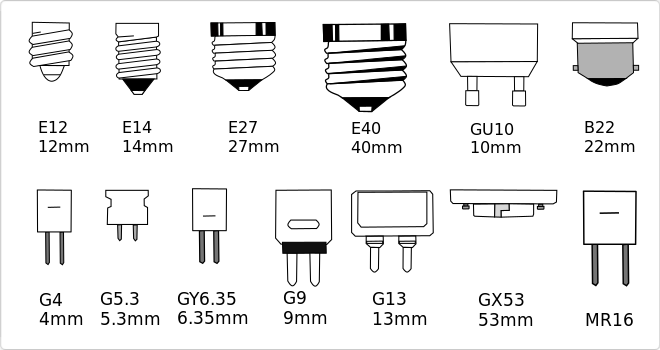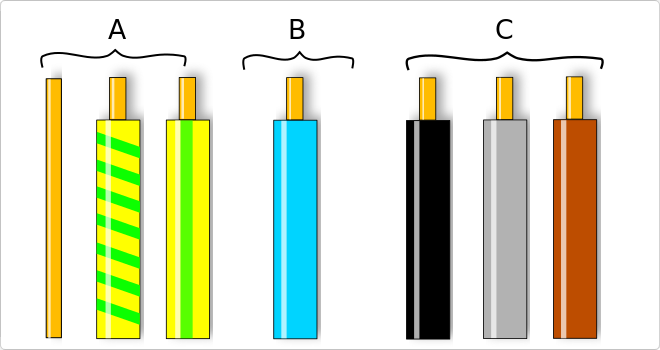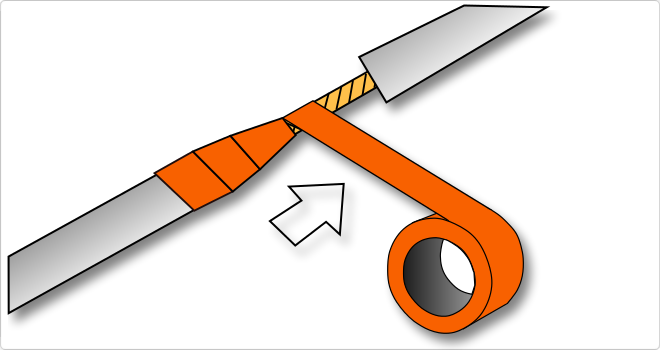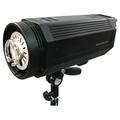05/07/2024 6:07 a.m.
https://cablematic.com/en/products/studio-flash-goldenshell-ec-250-200w-EJ011/
https://cablematic.com/en/products/studio-flash-goldenshell-ec-250-200w-EJ011/
Studio flash GoldenShell EC-250 200W
REF: EJ011
OUTLET
Specifications
- Output power to the 200 W flash lamp configurable in power from 1 to 1/16.
- Power of the modeling lamp of 150 W and with standard thread E27.
- Flash duration: 1/2000 s.
- It has 3 shooting options: manual, meby a photoelectric cell or with the synchronization cable connected to the camera.
- It has general ON/OFF controls, pushbuttons to control the modeling light, manual trigger of the flash, button for remote control of the flash and potentiometer for adjusting the flash (1/16 to 1).
PVP
€80.07
€31.23
Price including VAT:
€31.23
PVD
€70.37
€27.44
PVP: Retail price.
Check conditions.
PVP: Sale price to distributors.
Check conditions.
warranty
returns
OUTLET
We will notify you when it is back in stock.
Specifications
- Output power to the 200 W flash lamp configurable in power from 1 to 1/16.
- Power of the modeling lamp of 150 W and with standard thread E27.
- Flash duration: 1/2000 s.
- It has 3 shooting options: manual, meby a photoelectric cell or with the synchronization cable connected to the camera.
- It has general ON/OFF controls, pushbuttons to control the modeling light, manual trigger of the flash, button for remote control of the flash and potentiometer for adjusting the flash (1/16 to 1).
Keywords
Did not find what you were looking for? These topic could help you
More info
Studio flash of the GoldenShell EC range and with 200 W flash output power and 150 W modeling light. Model with analog controls with controls on the back and fully digital internal circuitry for greater performance and accuracy. Robust design made of black aluminum central body and high resistance black plastic moldings at the ends. It has accessory connector compatible Bowens and adjustable fixation with universal connector of 5/8 "and handle with threaded handle to block the orientation.
Specifications
Specifications
- Output power to the 200 W flash lamp configurable in power from 1 to 1/16.
- Power of the modeling lamp of 150 W and with standard thread E27.
- Flash duration: 1/2000 s.
- It has 3 shooting options: manual, meby a photoelectric cell or with the synchronization cable connected to the camera.
- It has general ON/OFF controls, pushbuttons to control the modeling light, manual trigger of the flash, button for remote control of the flash and potentiometer for adjusting the flash (1/16 to 1).
- It has 3 modes of modeling light: abei, proportional and 100%.
- It has a 3.5 mm minijack connector forthe connection of the flash sync cable.
- ISO-100 guide number: GN48.
- Recharge time: 0.3 to 0.8 seconds.
- Color temperature: 5500 ° K ± 200 ° K.
- Protection against overload, overheating and short circuit.
- It has an adjustable tilt head and with hole for fixing a reflector umbrella. The ball joint has handle with threaded handle to block the orientdesired action.
- It has a universal connector compatible Bowens for fixing accessories (reflectors, snoot, visors, etc.).
- It is connected directly to the 220 VAC electrical network. It is supplied with a 4.5 m electric cable of the schuko male type to IEC 60320 C13. The flash has a C14 connector.
- 4.5 m synchronization cable that has a 3.5 mm minijack connector at one end that connects to the focus andthe other end of the adapter that attaches to the flash shoe of the camera.
- Mounted in black aluminum tubular structure and with black plastic resistant ends with moldings and carrying handle.
- It has an internal cooling fan.
- Supplied with plastic snoot with Bowens type fixation.
- Size: 132 x 420 x 210 mm.
- Weight: 2.6 Kg.
- Gross Weight: 3.63 kg
- Number of packages: 1
- Master-pack: 2
Technical terms
- ISO
- IEC
- Bowens
- Schuko
- Jack connector
- Electrical cable sections
- Types of photoelectric sensors
- Barrier Photocells
- Self-reflective photocells
- Reflective photocells with reflector
- Types of bulb socket
- Colors of electric cables
- Colors insulating tape
- VAC
ISO
The film speed sensitivity physically defined as the inverse of that required to attain a predetermined response input system. The scale was created for photographic emulsions but has also been adapted for electronic digital photography. In the one case as the other high sensitivity is the counterpart of loss of picture quality. The exposure index or senbility of a film is indicated by the scales ASA, DIN, ISO or GOST (Soviet scale currently unused). The ISO system is actually merging the ASA and DIN systems, because it indicates both values ??(so, for example, a film will have a sensitivity ISO 100/21).


